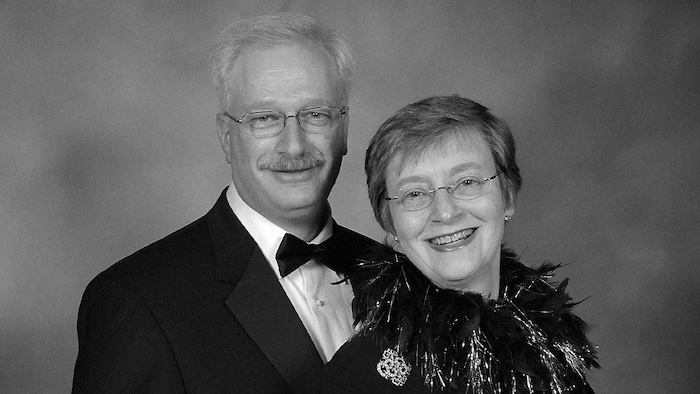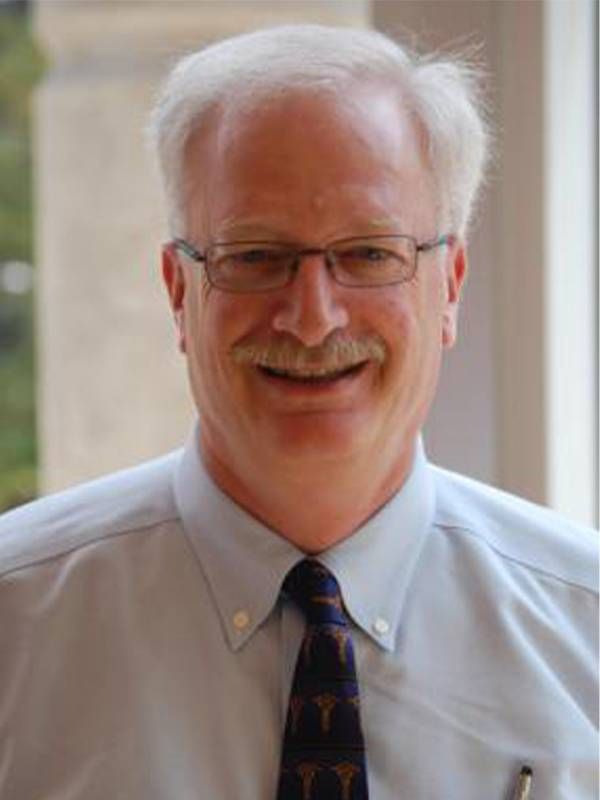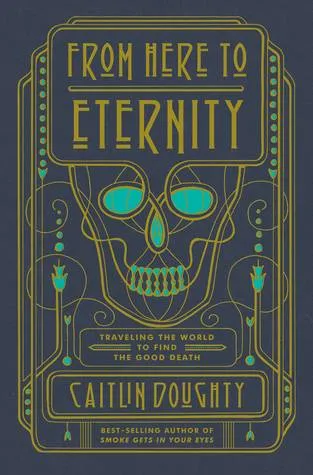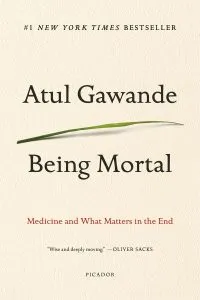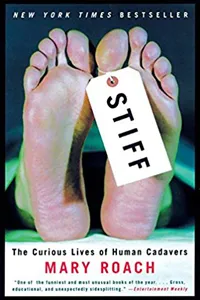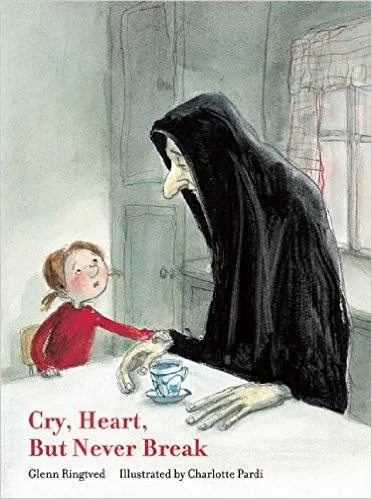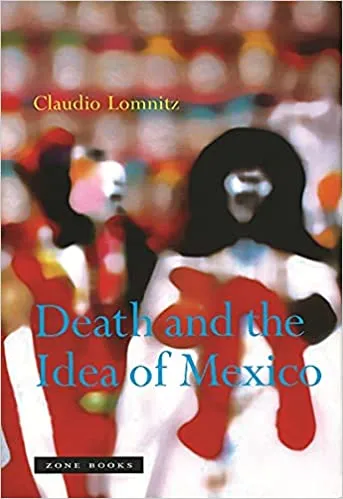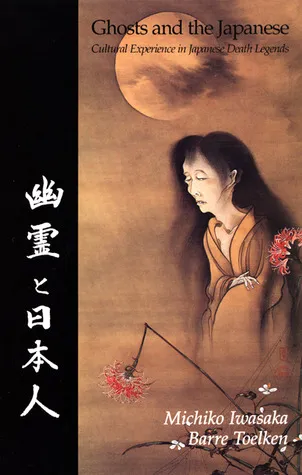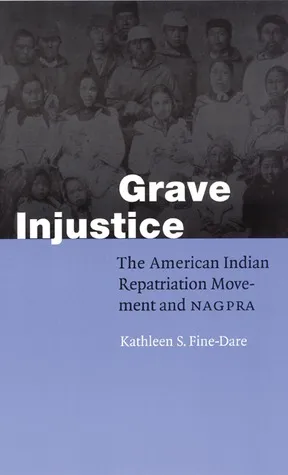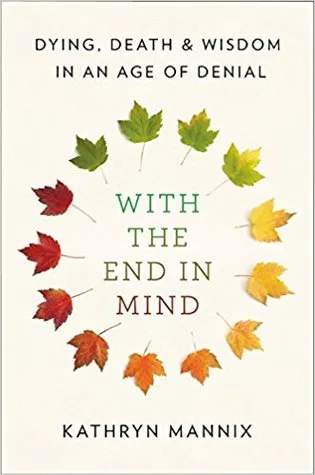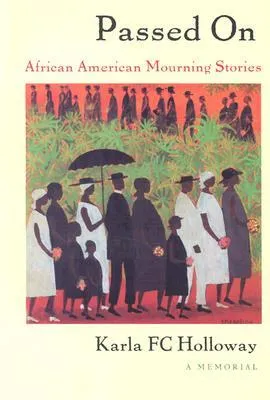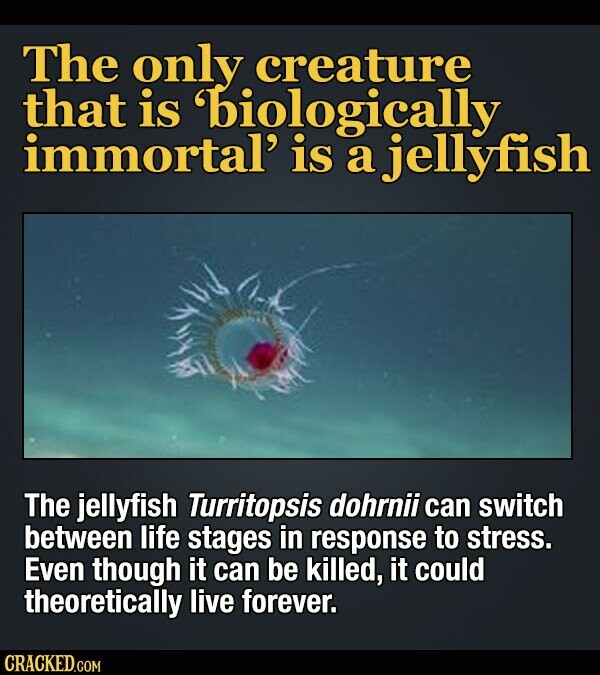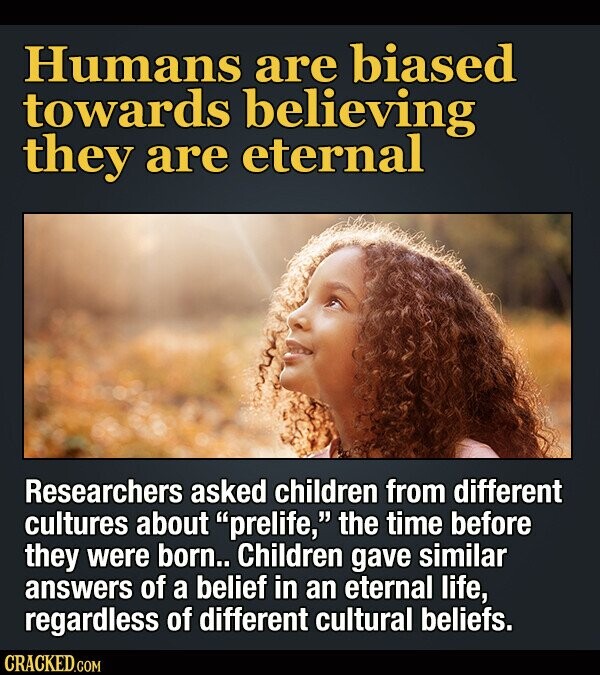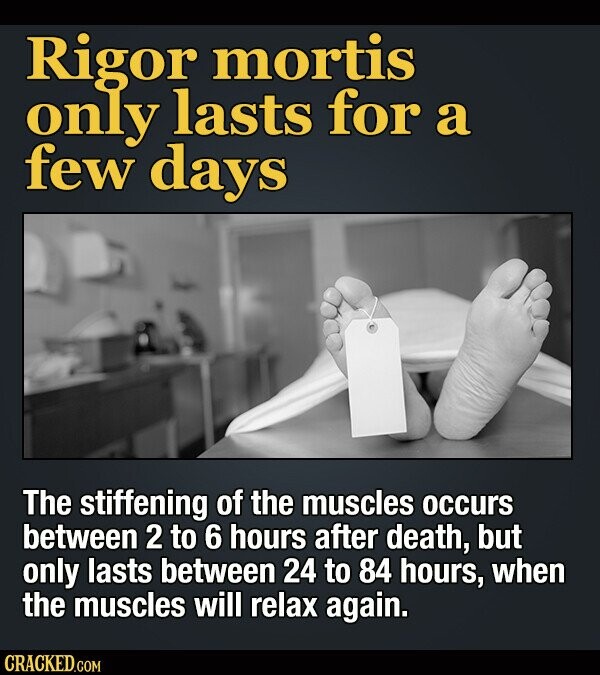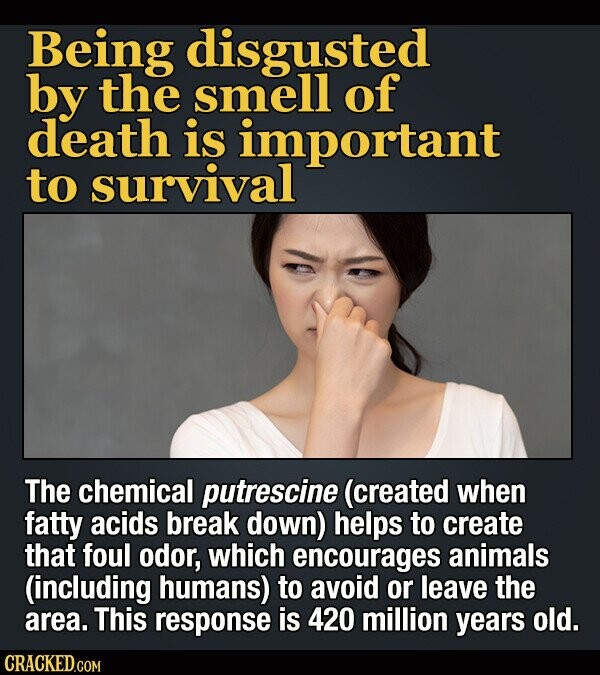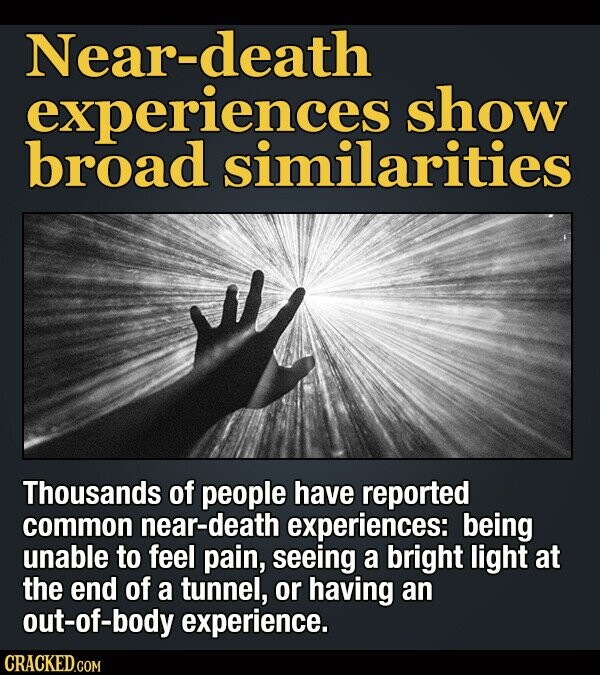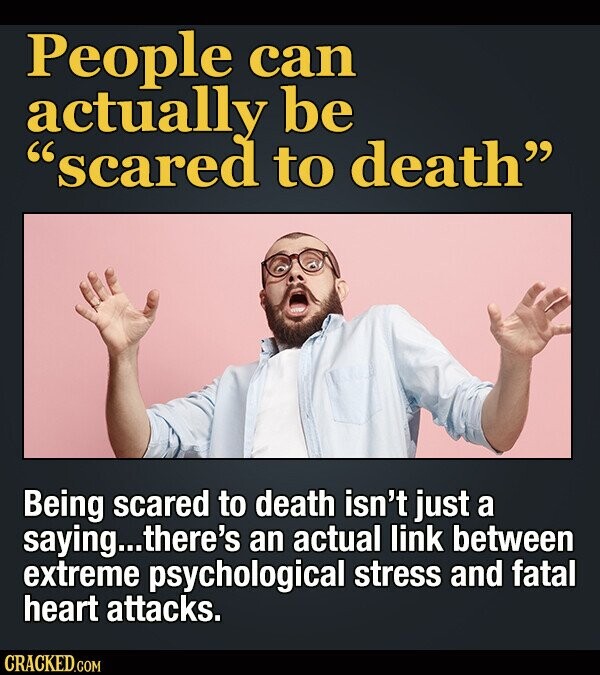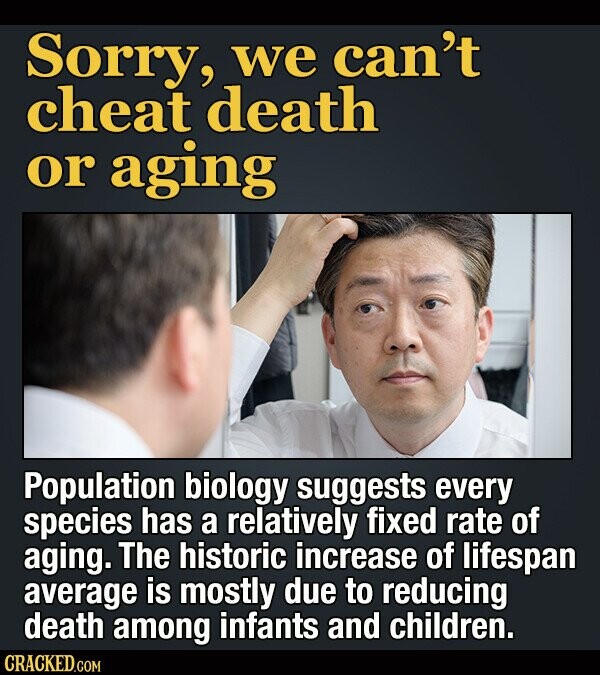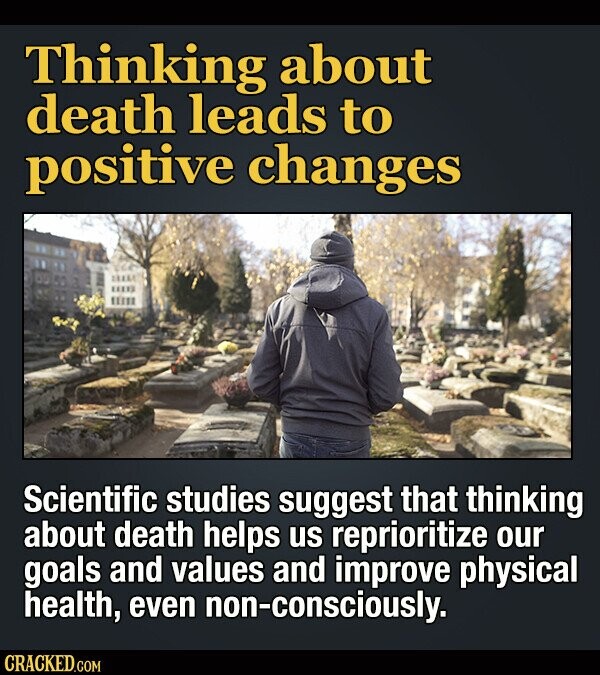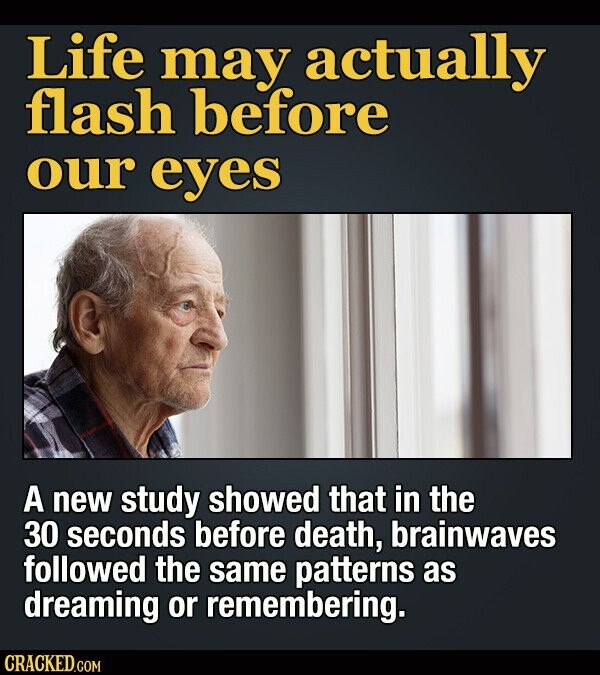
When people say someone had “a good death,” they usually mean that someone was comfortable and not in pain. But what if you could help their final days include the things they treasure — like their favorite song playing, who is at their bedside, even the scent of a candle in the room — so they feel at peace.
That’s why some people turn to end-of-life doulas. They are among the professionals who can help someone prepare for their death and reflect on their life: their greatest joys and regrets, any fears or worries on their mind, and how they want to be remembered.
It’s work that many people don’t want to think about.
“We live in a death-denying culture,” says Elizabeth Johnson, executive director of the Peaceful Presence Project, a nonprofit end-of-life doula collective in Bend, OR. Doulas can be part of the team that helps prepare people for death by opening up conversations about it, as well as providing comfort and resources. Hospice care teams and other palliative care practitioners also work in these areas.
Doulas and Hospice
Hospice care often involves a team of people, such as a social worker, a chaplain, and a nurse who checks a patient’s vitals, administers medication, and changes bandages. Doulas, on the other hand, have no required medical background and do not perform any clinical or medical tasks. They may read aloud to a patient, clear clutter, or sing with someone.
“Doulas are able to step into those unsupported spaces,” Johnson says. Where a hospice social worker or chaplain may visit once a week, “Doulas have more time and bandwidth. They are available for deep listening during acute windows of need,” says Johnson, who is on the board of the National End-of-Life Doula Alliance (NEDA).
Doulas can assist patients outside of hospice, too. Merilynne Rush, RN, a doula in Ann Arbor, MI, and vice chair of the End-of-life Doula Advisory Council of NHPCO (formerly the National Hospice and Palliative Care Organization), recalls a client who was overwhelmed after taking her husband home from the hospital to die. Rush talked to her about palliative care, a social worker, hospice, and getting a hospital bed. “She didn’t have the first clue about any of that. No one in the hospital tells you,” says Rush, who is also a past president of NEDA.
Doulas from the group began visiting her friend twice a week. The visits included reiki, art therapy, and conversation with a chaplain. They got her hospice care and talked to her family about what to expect.
No Typical Cases
You may hear end-of-life doulas referred to as a soul midwife, end-of-life coach, death midwife, transition guide, or death doula. Unlike hospice, the cost of a doula is not covered by Medicare.
Private insurers do not reimburse for doulas, either. But some doulas provide volunteer services through a hospice or nonprofit organization.
Doulas may charge an hourly rate, from $45 to $100, or on a sliding scale. Or you may be quoted a flat fee from $500 to $5,000. Costs will vary depending on the number of visits, location, whether the doula is staying overnight, or other service requests.
There is no such thing as a typical case when you’re a doula. “It’s all over the board,” says Rush, a former hospice nurse and midwife, too. It’s not unlike the old tradition of a neighbor, friend, or auntie coming into help, she says.
Doula visits can be daily, weekly, or span several years. They can assist with writing letters, doing laundry, planning a funeral, or creating a legacy. A legacy project might involve captioning photos, scrapbooking, or organizing recipes to pass on to family.
One of Johnson’s patients had an extensive record collection. She helped him write meaningful stories about his life that coincided with each album. She hung up the stories in his room for visitors to read and discuss with him.
Someone to Talk to and Cry With
Sometimes, the family needs practical or emotional support more than the person who’s dying does — especially if that person isn’t conscious or alert.
Joanna Harmon of Finksburg, MD, described her doula as “a formidable advocate” who helped her weather the stress and emotional strain when her dad was dying in 2019. The doula was trained by Gilchrist, a hospice in Maryland that has offered volunteer doulas to their clients since 2010.

